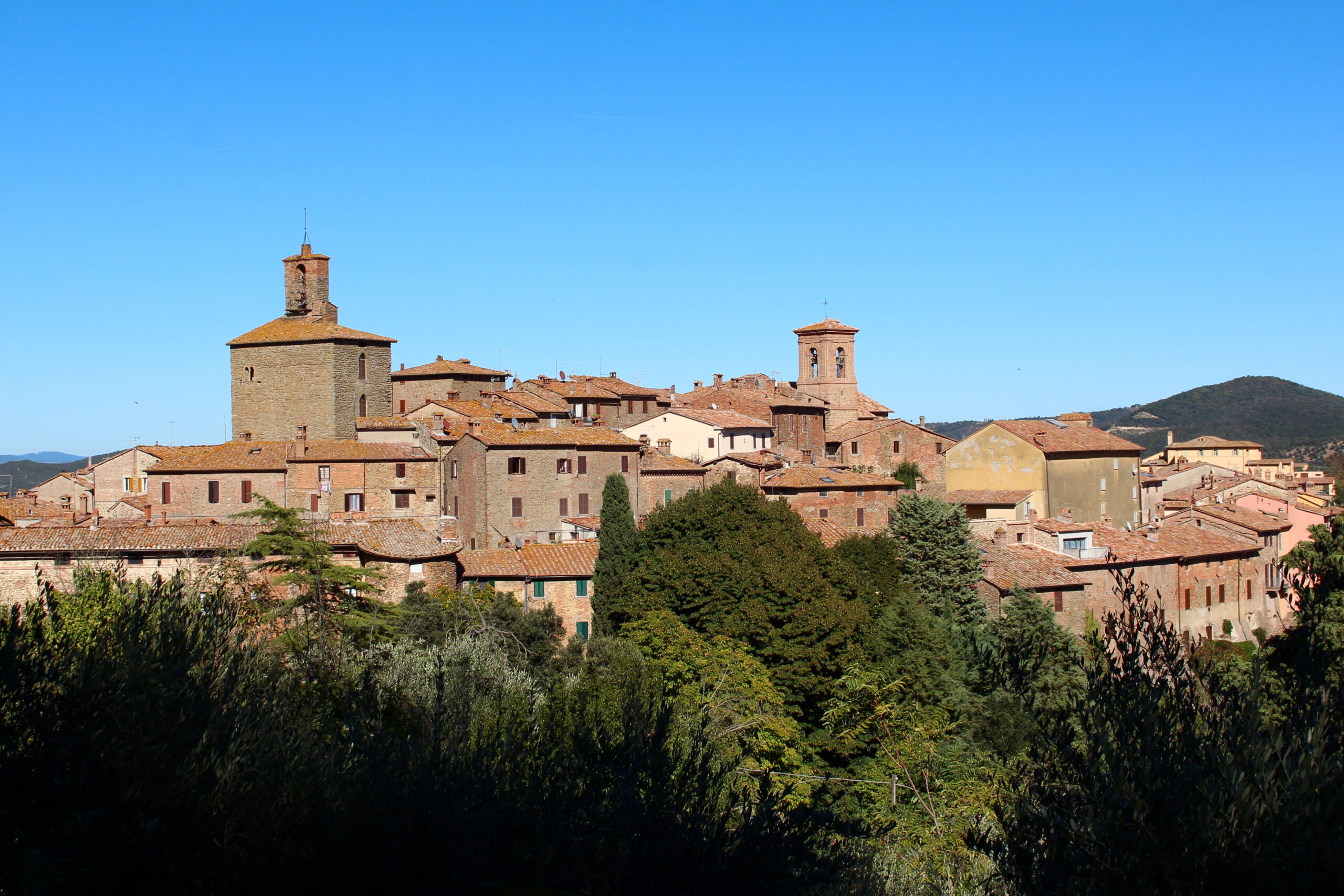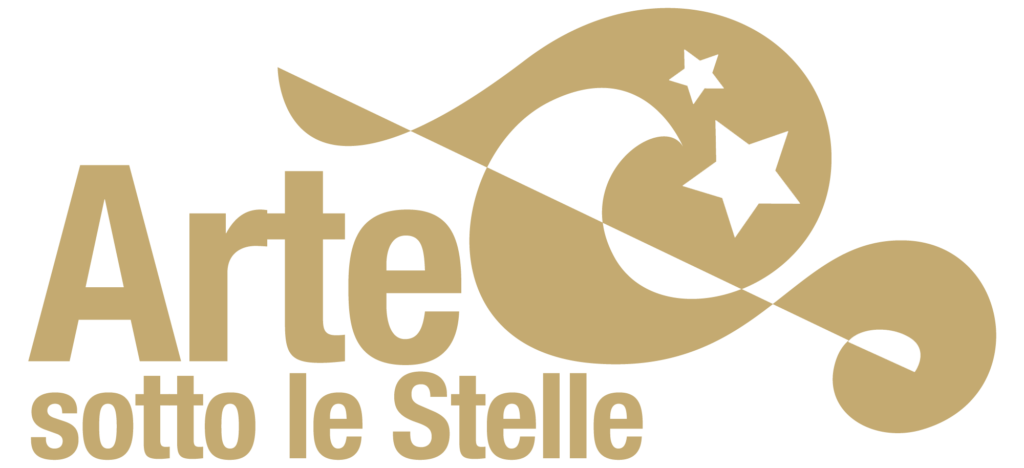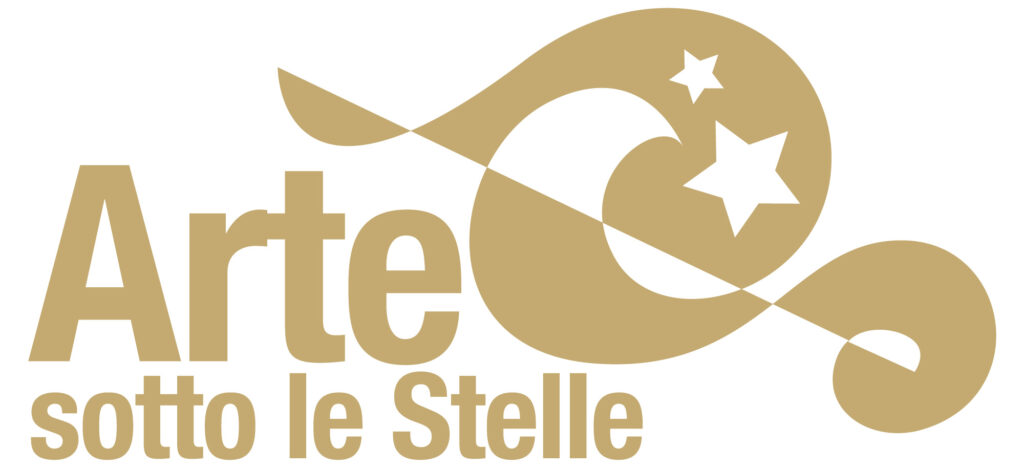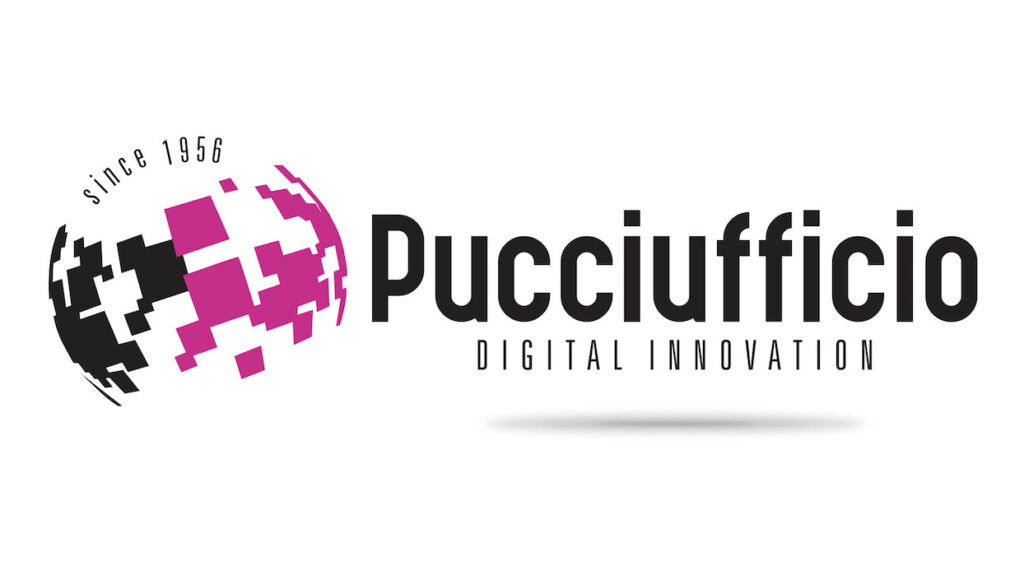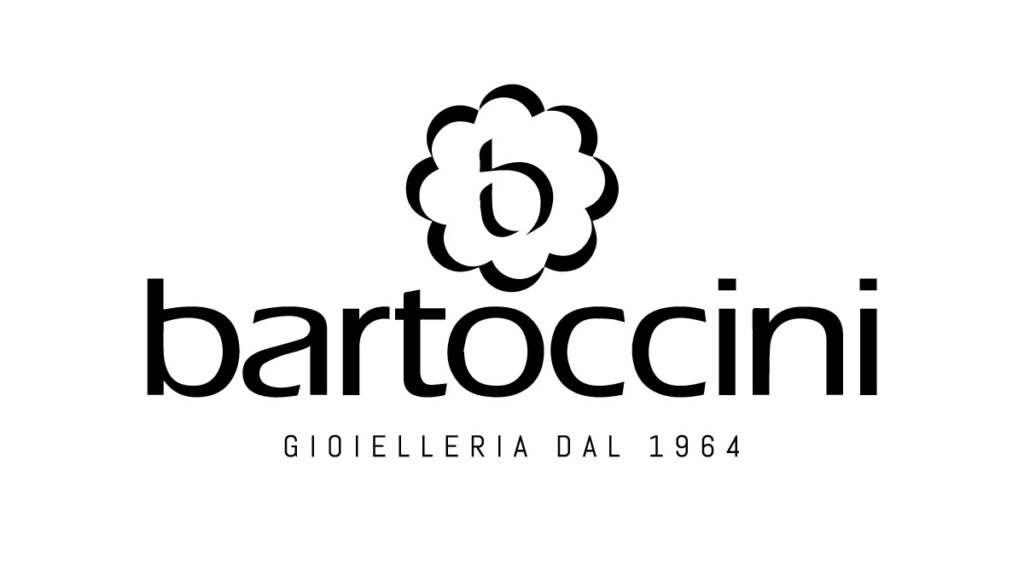Panicale
Panicale, rising on a hill between the valleys of Lake Trasimeno and Nestore River, is a scenic point of remarkable beauty and, in the past, was an ideal place to observe and a great strategic point. On a defensive level, the walls of the city have the particular shape of oval arranged in a concentric manner: this structure was specifically designed to defend the Palazzo del Podestà.
The city presents three squares, each one meant to host a different social class: the current Piazza Umberto I, once called Piazza del popolo, houses a public fountain whose design recalls the Fontana Maggiore in Perugia; immediately above, the Collegiate Church of San Michele symbolized commercial power. At the highest point of Panicale, finally, there is the Palazzo del Podestà, symbol of political power.
The etymology of the name “Panicale” follows various hypotheses: one of these leads back to “pan colis” or “place where panic is cultivated”, while on a second guess it could also refer to the previous pagan cults of “Panis Collis”, a sacred place dedicated to the god Pan, protector of the woods. The least credible assumption comes from the Greek “pan Kalon”, “where everything is beautiful”.
Just outside the city walls, there is one of the most beautiful frescoes of Perugino in the Umbrian territory: it is the large painting with the Martyrdom of San Sebastiano, preserved in the church of San Sebastiano.
Near Panicale, there is a Marian sanctuary of great spiritual and historical importance, the Sanctuary of Mongiovino, a treasure of art realized during the sixteenth century; in Mongiovino also the imposing structure of the castle still remains, now used as a tourist accommodation.
Near Panicale, there is a Marian sanctuary of great spiritual and historical importance, the Sanctuary of Mongiovino, a treasure of art realized during the sixteenth century; in Mongiovino also the imposing structure of the castle still remains, now used as a tourist accommodation.
